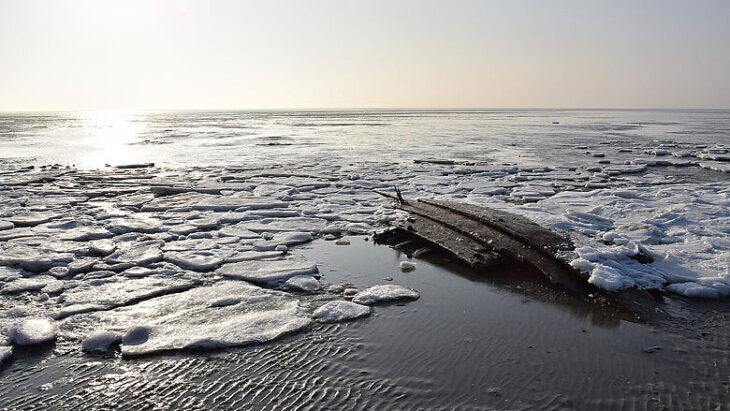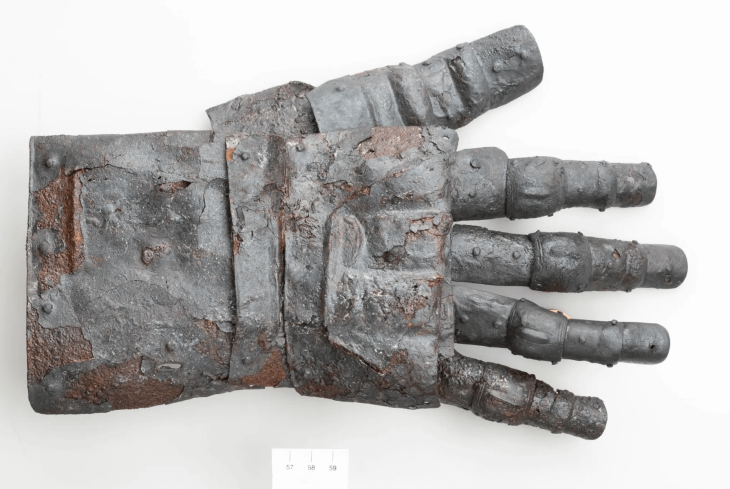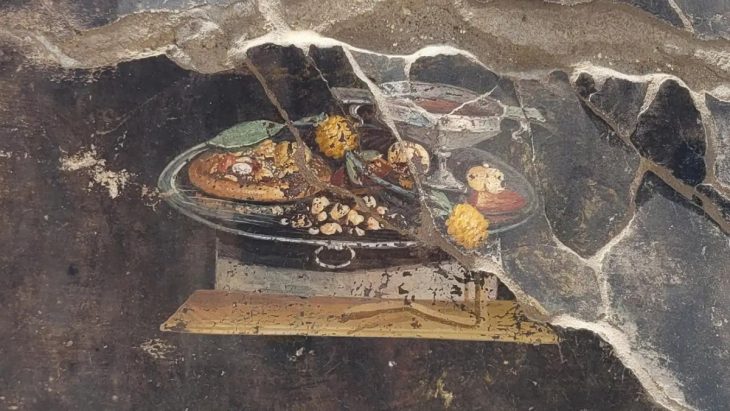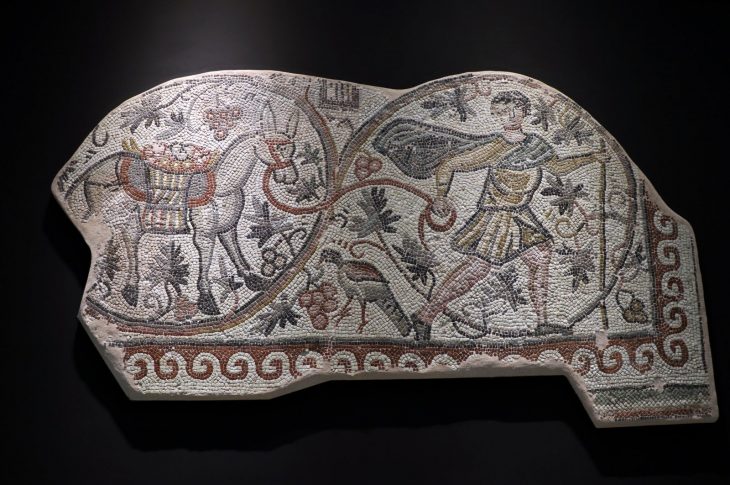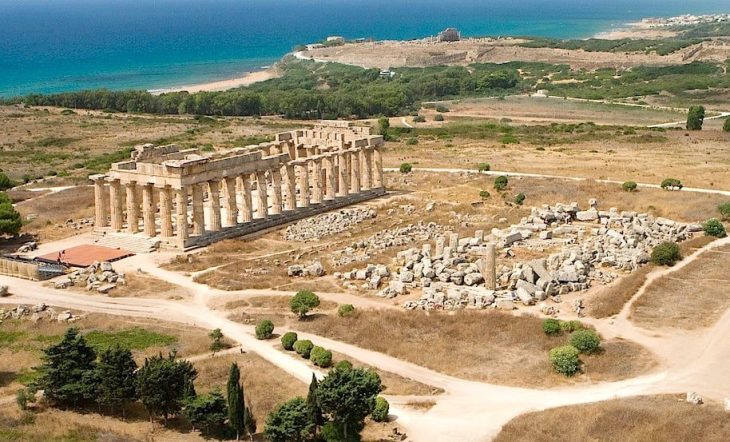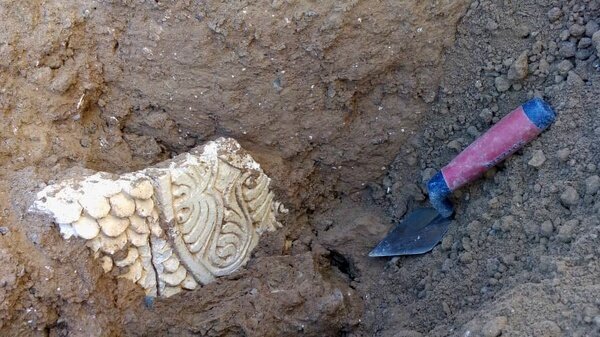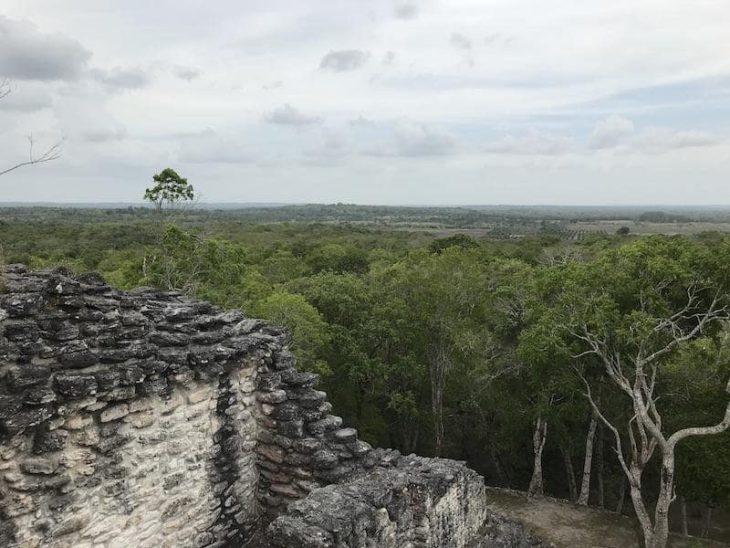One of the most prominent and oldest Neolithic sites found in what is now Turkey has yielded yet another interesting find – a clay statuette of a female figurine has been unearthed in Ulucak Höyük (Ulucak Mound), dated to 8.000 years ago.
The discovery was made in the western Turkish province’s Kemalpasa district, at Ulucak Höyük, one of the oldest sites in Western Anatolia. It is described as “a very rare piece” and may have been a part of significant abundance and fertility rites.
Prof. Dr. Özlem Çevik, Lecturer at the Department of Protohistory and Near Eastern Archaeology, Faculty of Letters, Trakya University, said: ‘The most important element distinguishing this figure from the others is that its mouth is indicated. Because the figures usually have eyes and noses. However, in this figure, we see that both the mouth is indicated in the form of a hole and a hole has been made in the neck so that it can be jewelry.’
Excavations carried out with the support of the Ministry of Culture and Tourism, Metropolitan Municipality, Kemalpaşa Municipality, and Kemalpaşa Organized Industry have been continuing since 2009 under the leadership of Trakya University Faculty of Literature, Protohistory and Near Eastern Archeology Department Lecturer Prof. Dr Özlem Çevik.

Stating that Ulucak Mound is one of the first village settlements of Izmir, Prof. Dr. Özlem Çevik said, ‘Ulucak represents one of the earliest farmer village settlements in Western Anatolia. It is very important for us to understand the neolithisation process. The first settlement in the mound dates back to 8,850 years ago. For 1150 years, the neolithic settlement continued at Ulucak Höyük for 45 five generations without interruption. This year’s excavations continue at the mound. One of the most important finds so far is a female figure. Generally, we find parts of figures such as arms, legs, and heads in Ulucak. This figurine, which we found lastly this year, was the 6th figure found as a whole so far.’
📣 Our WhatsApp channel is now LIVE! Stay up-to-date with the latest news and updates, just click here to follow us on WhatsApp and never miss a thing!!
Prof. Dr. Çevik emphasized that it can be assumed that the depicted female figurine has a privileged position in the community and said, ‘It may represent the person who lives here and tells the stories in the community. It is made of clay. It is 8-10 centimeters in size. It can fit in one hand. We find them buried in houses, near ovens, in pits under door thresholds, or associated with grinding stones, or associated with flints in a container. They may be ritual objects used to fulfill an intention, action, or request.’
Ulucak Mound, located in the Ulucak district of Kemalpaşa county on the 15th km of Bornova-Ankara road, was the location of one of the oldest settlements of Western Anatolia and it illuminates cultural history both by its architectural structure and its foundlings. Excavations were started in 1995 and three cultural layers were identified. These are the Late Roman period at the top; the Early Bronze Age layers underneath Early Byzantine settlements and the Late Neolithic settlement at the bottom.



